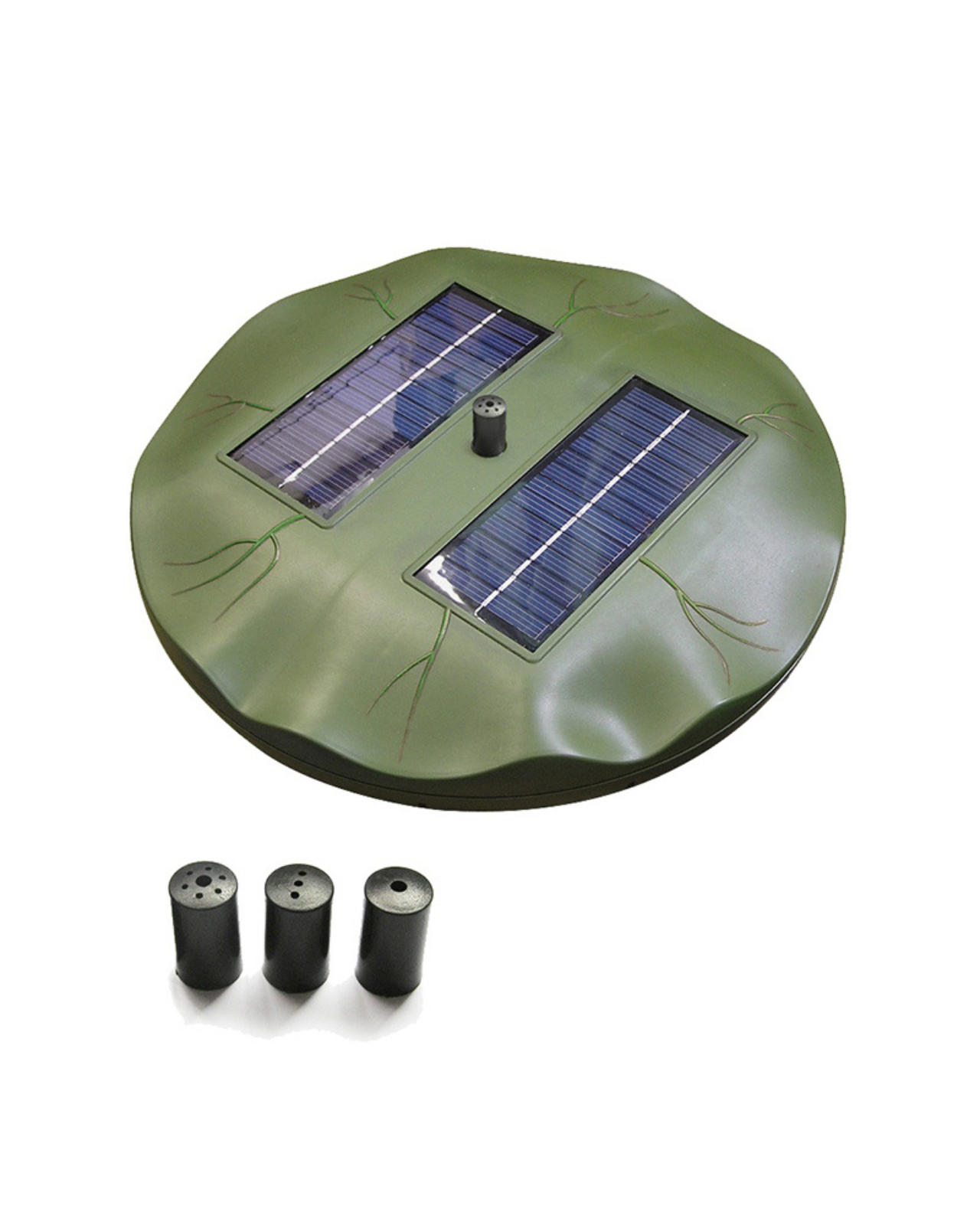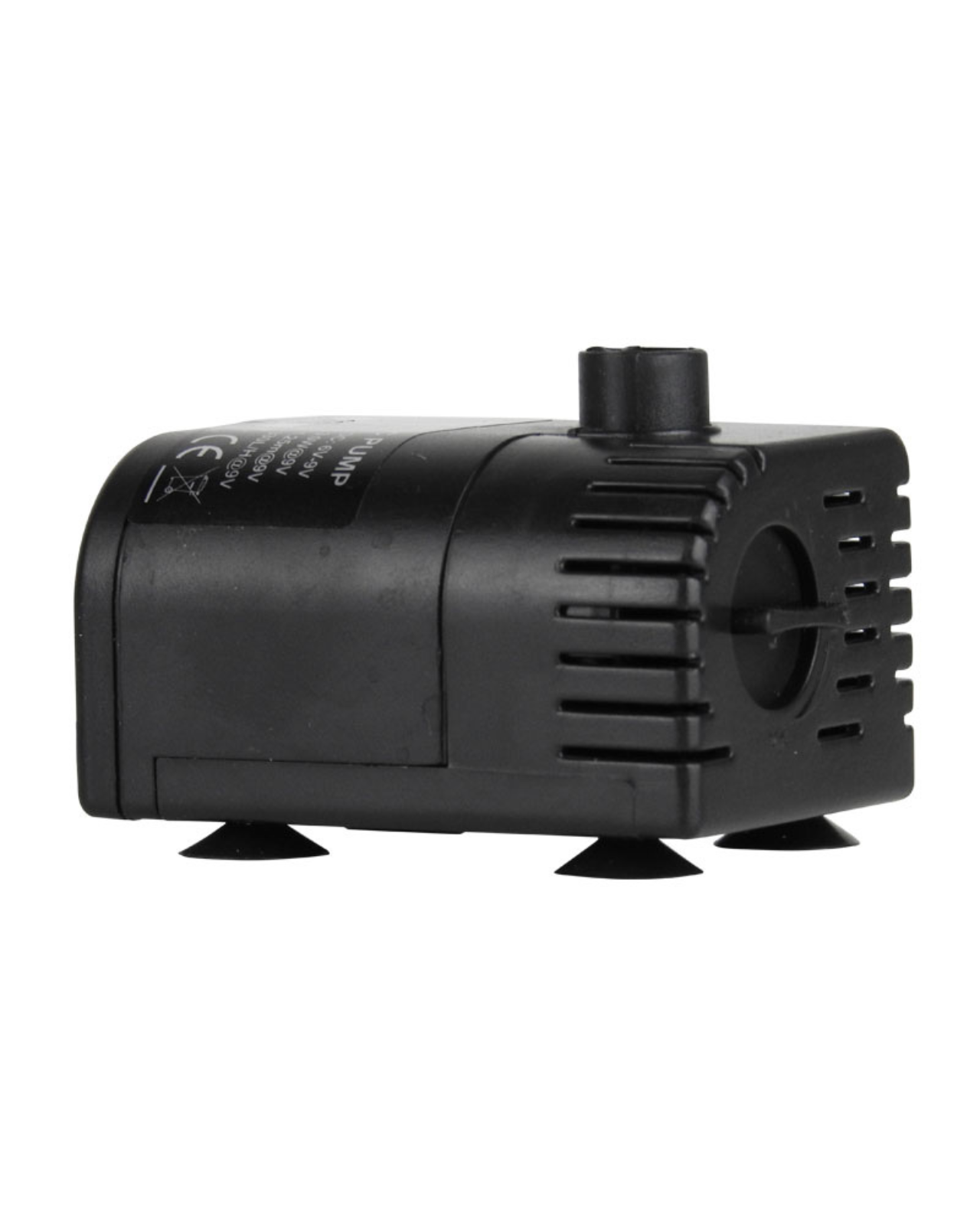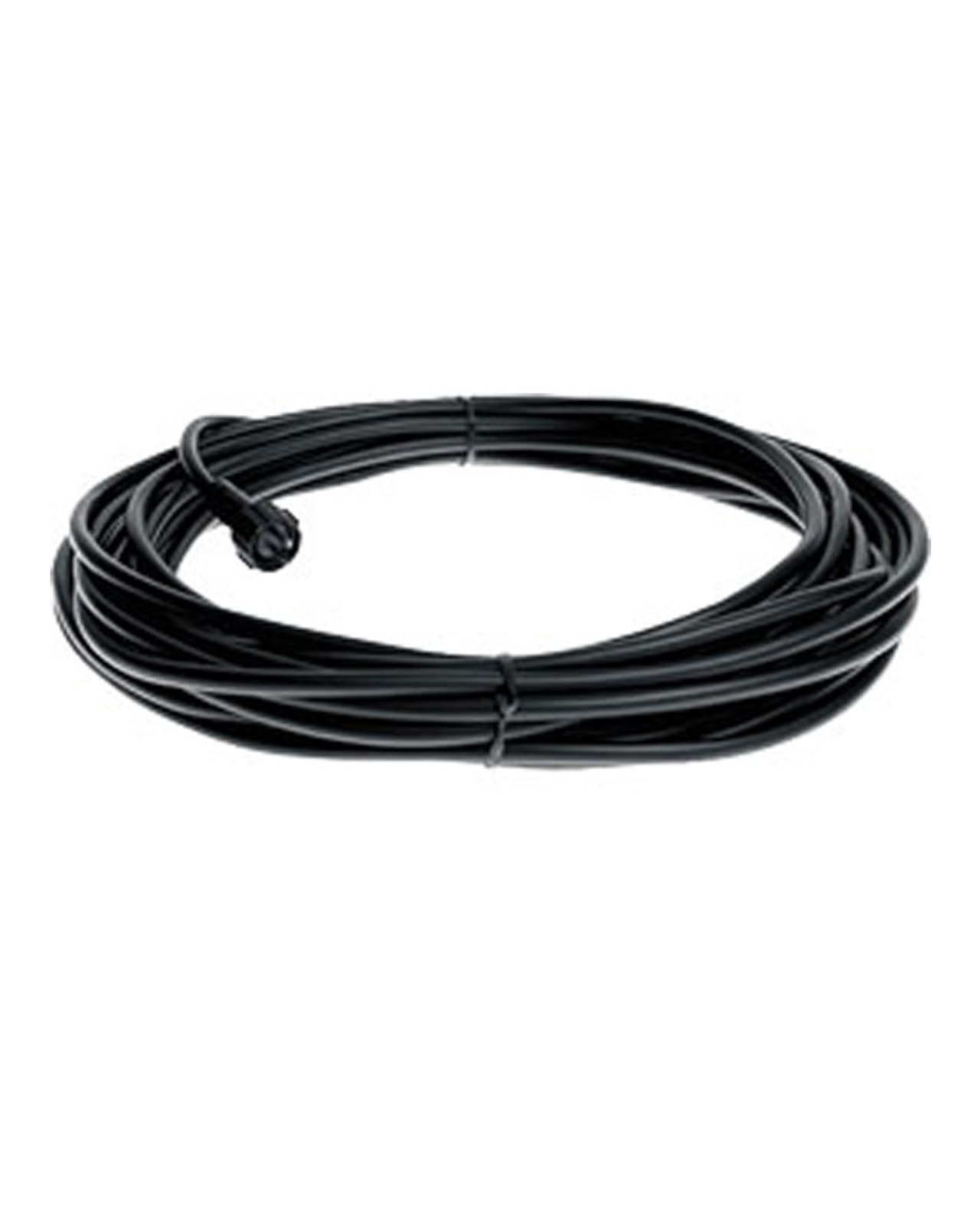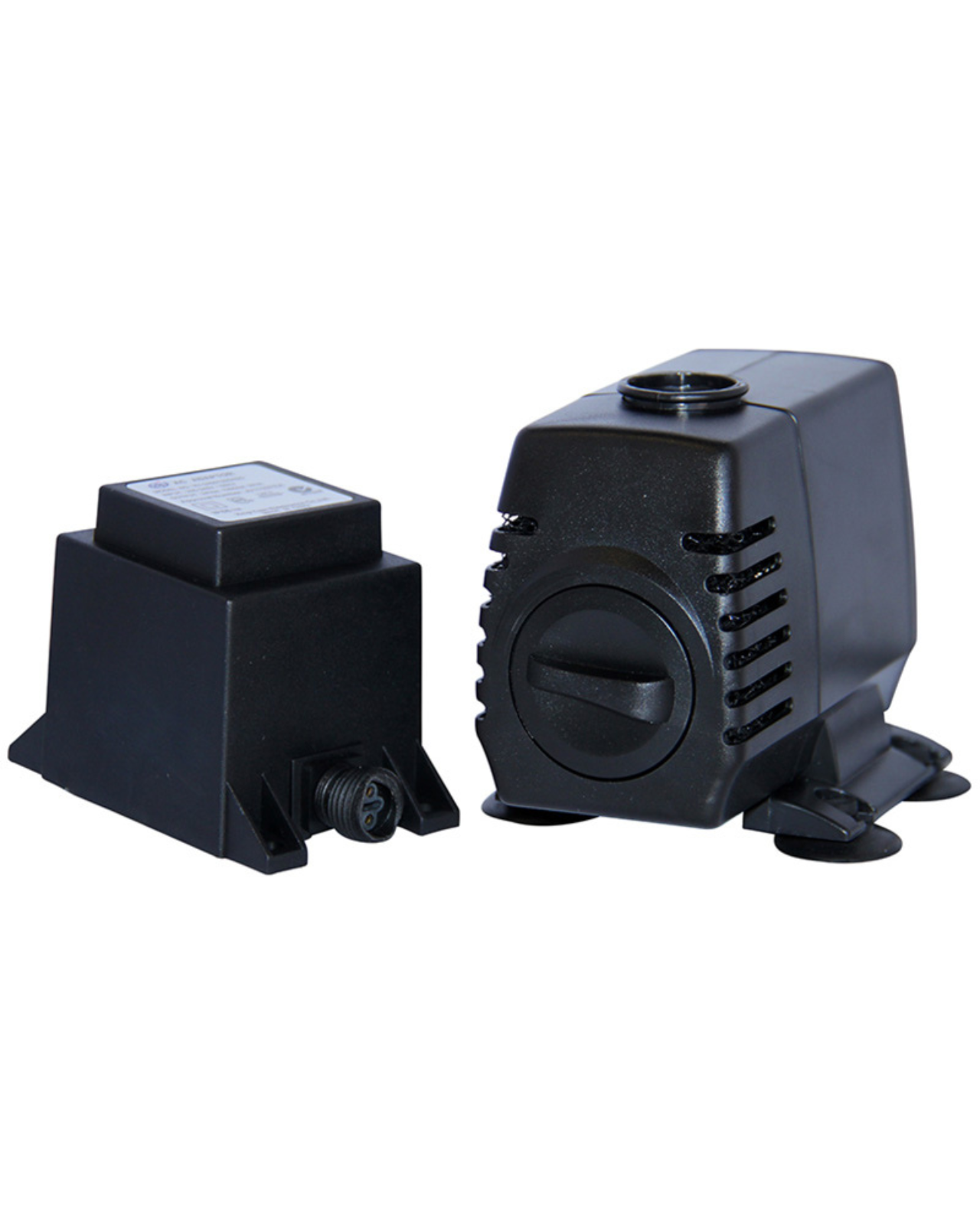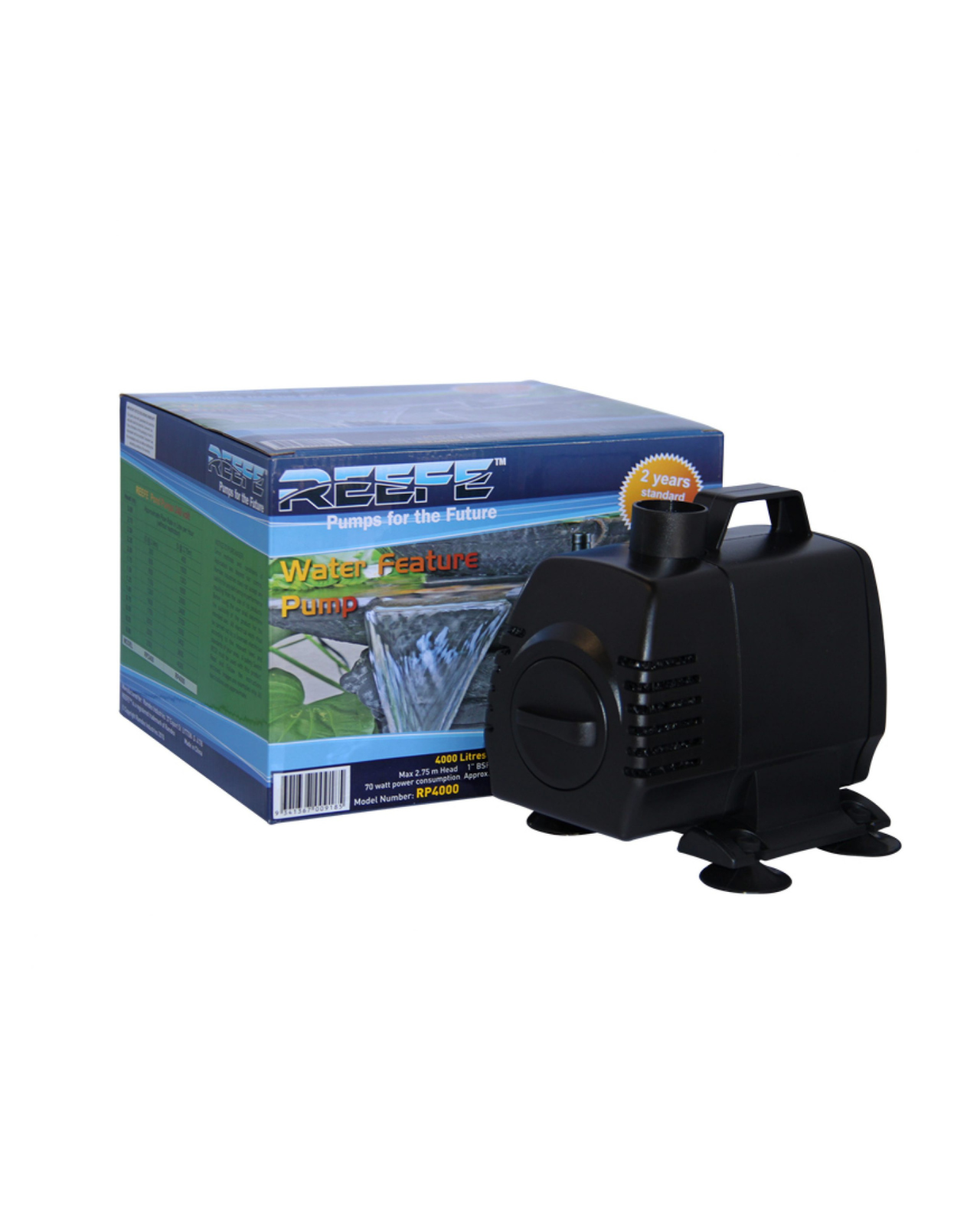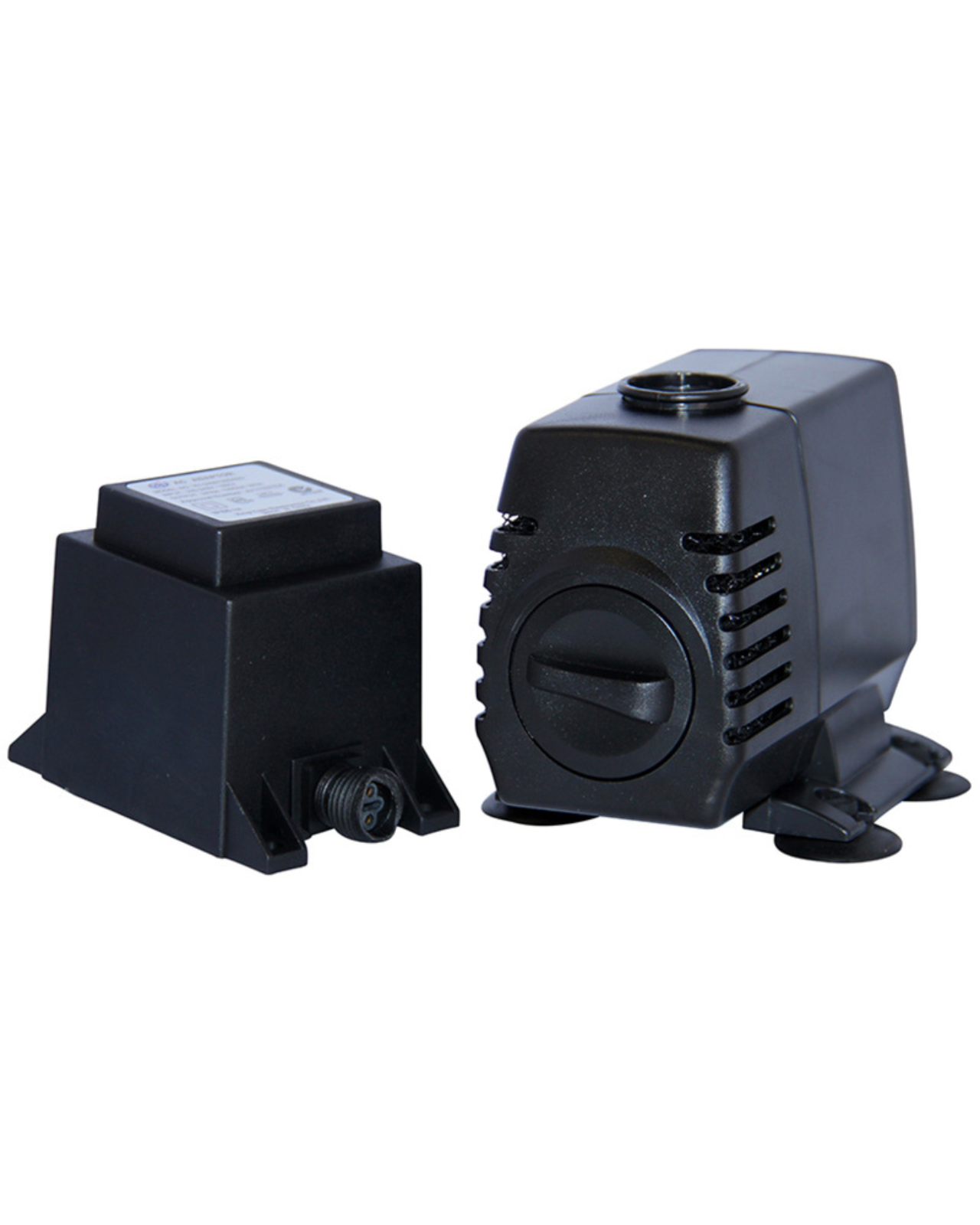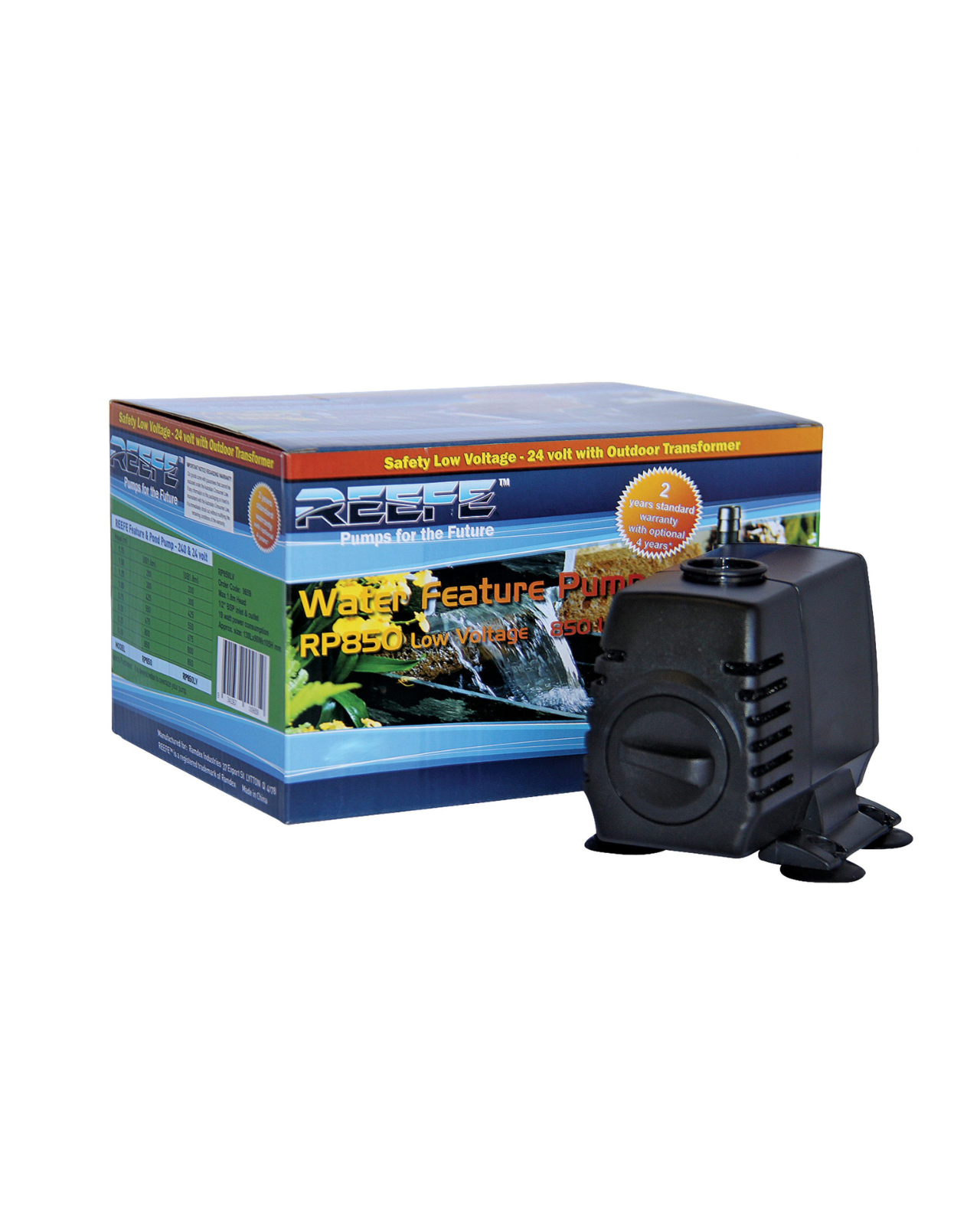Elevate your space with the tranquil beauty of our Balinese water features. At Water Features Adore, we embrace the timeless elegance of Balinese design, blending traditional craftsmanship with modern aesthetics. Whether you’re creating a striking centerpiece or an intimate oasis, our Balinese water features offer the perfect harmony of beauty and tranquility.
Introduction
Balinese water features possess a unique ability to transport you into a world of tranquility and serenity. Imagine stepping into a garden where the gentle sound of flowing water soothes your senses, where lotus flowers float gracefully on still ponds, and where stone-carved deities watch over the scene with a timeless gaze. These water features are more than just ornamental; they are a profound expression of Balinese culture and spirituality, intricately woven into the fabric of daily life on the island.
In Bali, water is not merely an element—it is a sacred force that nurtures life, purifies the soul, and connects the physical world to the divine. The Balinese have long revered water, integrating it into their rituals, architecture, and art in ways that are both practical and deeply symbolic. From the ancient Subak irrigation system that sustains the island’s lush rice terraces to the intricately designed water gardens that adorn temples and homes, water is a central theme in Balinese design.
Exploring the captivating world of Balinese water features reveals their cultural significance, various forms, and the design principles that make them so enchanting. Whether seeking inspiration for a garden or simply wishing to understand the deeper meaning behind these beautiful creations, a journey through the water-filled landscapes of Bali offers insight into how these elements not only enhance the visual appeal of a space but also bring a sense of peace and harmony, reflecting the island’s rich cultural heritage.
The Cultural Significance of Water in Bali
Water as a Symbol in Balinese Culture
Water holds a deeply spiritual and symbolic place in Balinese culture, particularly within the framework of Balinese Hinduism. Known locally as tirta, water is considered one of the most sacred elements and is believed to possess the power to purify the body and soul. This belief is rooted in the Hindu principle of Tri Hita Karana, which emphasizes the balance between the divine, human beings, and the natural world. Water, as a life-giving force, is central to maintaining this balance and is seen as a direct link between humans and the divine.
In Balinese Hinduism, water is used in various rituals and ceremonies, symbolizing both physical and spiritual cleansing. During temple ceremonies, holy water, which has been blessed by a priest, is sprinkled over offerings and worshippers to purify them and invoke blessings. This practice is not just limited to temples; homes, rice fields, and even new buildings are often ritually cleansed with holy water to remove negative energies and invite prosperity.
The Balinese also believe that water bodies, such as rivers, lakes, and springs, are inhabited by spirits, and as such, these places are revered and treated with respect. Many of the island’s sacred temples, like Tirta Empul, are built around natural springs, where pilgrims come to perform purification rituals. Here, water is more than just a physical resource; it is a conduit for spiritual renewal and connection to the divine.
Traditional Irrigation Systems: Subak
The Subak system is an ancient and sophisticated irrigation method that not only sustains Bali’s agricultural landscapes but also exemplifies the island’s cultural ethos of communal harmony and balance with nature. Developed over a thousand years ago, the Subak system is a testament to the Balinese people’s ingenuity in managing their water resources sustainably and equitably.
The Subak system is more than just an agricultural technique; it is a social and spiritual institution. Water from Bali’s rivers and streams is carefully channeled through a network of canals and tunnels to rice terraces that cascade down the island’s volcanic slopes. The distribution of water is managed by Subak associations, which are cooperative groups of farmers who work together to ensure that water is allocated fairly and efficiently. This system reflects the Balinese concept of gotong royong, or communal cooperation, where the needs of the community are prioritized over individual interests.
The Subak system is also intertwined with religious practices. Temples are strategically located at critical points in the irrigation network, and rituals are performed to ensure the continuous flow of water and the fertility of the fields. These rituals often involve offerings and ceremonies dedicated to Dewi Sri, the goddess of rice and fertility, seeking her blessings for abundant harvests.
This traditional irrigation system not only supports Bali’s iconic rice terraces, which are a UNESCO World Heritage site, but also embodies the island’s deep respect for water as a sacred and communal resource. The Subak system illustrates how the Balinese integrate their spiritual beliefs with practical agricultural practices, maintaining a harmonious relationship with the environment. This balance between nature, culture, and community is a cornerstone of Balinese society and is reflected in every aspect of life on the island.
Types of Balinese Water Features
Water Gardens
Traditional Balinese water gardens are masterpieces of design that blend natural beauty with cultural symbolism. These gardens are often centered around ponds filled with water lilies and lotuses, plants that are deeply symbolic in Balinese and broader Hindu culture. The lotus, in particular, is revered for its purity, as it rises unsullied from the mud to bloom magnificently, symbolizing spiritual enlightenment.
In these water gardens, the visual appeal is enhanced by the presence of koi fish, whose graceful movements add a dynamic element to the tranquil setting. The vibrant colors of the fish contrast beautifully with the deep green of the aquatic plants, creating a living tapestry that changes with the seasons and the light. The careful placement of stones and pathways allows visitors to meander through the garden, experiencing the serenity and reflective calm that these spaces are designed to evoke.
Balinese water gardens are not just ornamental; they are a reflection of the island’s philosophy of harmony between man and nature. The gardens are often designed to mimic the natural landscapes of Bali, with terraced ponds that resemble the island’s rice terraces and plants that are native to the region. This integration of natural elements ensures that the gardens feel like an extension of the surrounding environment, rather than an imposition upon it.
Fountains and Statues
Fountains and statues are integral elements of Balinese water features, often serving as focal points in gardens and temple courtyards. These fountains are typically carved from stone and depict various deities, mythical creatures, or symbols from Hindu mythology. Common motifs include the naga (serpent), Garuda (a mythical bird), and figures of gods and goddesses such as Vishnu or Saraswati.
The water in these fountains often flows gently from the mouths of these carved figures, creating a soothing sound that enhances the sense of peace and tranquility. The placement of fountains is carefully considered to ensure that the flow of water harmonizes with the overall design of the space, guiding the eye and creating a sense of movement within the garden.
These stone-carved fountains are not just decorative; they carry deep symbolic meanings. The flowing water represents the continuous flow of life, energy, and purification, while the statues themselves serve as guardians of the space, believed to protect it from negative influences. The serene ambiance created by these fountains is intended to foster meditation and reflection, making them a vital component of any Balinese garden.
Reflecting Pools
Reflecting pools are another common feature in Balinese gardens, valued for their ability to enhance the visual depth and serenity of a space. These pools are typically designed with still, clear water that perfectly mirrors the surrounding environment, including the sky, trees, and architectural elements.
The aesthetic value of reflecting pools lies in their simplicity and the sense of calm they impart. By reflecting the world around them, these pools create a sense of harmony and balance, drawing attention to the beauty of the natural and built environment. In larger gardens or temple grounds, reflecting pools are often strategically placed to reflect key structures or sacred spaces, emphasizing their importance and adding to the overall spiritual atmosphere.
In addition to their visual appeal, reflecting pools also serve a practical purpose in Balinese design by providing a cooling effect in the tropical heat. Their stillness contrasts with the dynamic movement of other water features, offering a place of quiet contemplation where visitors can pause and take in the beauty of their surroundings.
Waterfalls
Waterfalls, both natural and man-made, are a striking feature in many Balinese landscapes, symbolizing the life-giving force of water and its role in maintaining the balance of nature. In traditional Balinese gardens, waterfalls are often created using local stone and are designed to blend seamlessly into the environment, mimicking the natural waterfalls found throughout the island.
The sound of cascading water is a key element of these waterfalls, providing a soothing backdrop that drowns out the noise of the outside world and immerses visitors in the natural surroundings. The movement of the water as it falls and splashes into a pool below brings energy and vitality to the garden, creating a dynamic contrast with the more tranquil elements like reflecting pools and still ponds.
Waterfalls in Balinese gardens are not just about aesthetics; they also carry deep symbolic meaning. The continuous flow of water represents the flow of life and energy, promoting growth, renewal, and purification. The positioning of waterfalls within a garden is often done according to principles of Balinese feng shui, with the aim of harnessing the positive energy of flowing water to bring prosperity and well-being to the space.
These water features, whether large or small, are carefully designed to enhance the overall experience of a Balinese garden, providing both visual beauty and a connection to the spiritual significance of water in Balinese culture.
Design Principles of Balinese Water Features
Harmony with Nature
One of the core design principles of Balinese water features is the seamless harmony between human-made structures and the natural environment. This principle reflects the Balinese philosophy of Tri Hita Karana, which emphasizes the interconnectedness of people, nature, and the spiritual realm. To achieve this harmony, Balinese water features are crafted using natural materials such as stone, bamboo, and wood, which blend effortlessly with the surrounding landscape.
The use of natural materials not only ensures that the water features age gracefully but also helps in maintaining the aesthetic continuity of the garden. Stone is commonly used for fountains, statues, and ponds, chosen for its durability and organic appearance. Bamboo, on the other hand, is often employed for creating water channels or as decorative elements, adding to the rustic charm of the garden.
Integration with the surrounding flora and fauna is another key aspect of this design philosophy. Balinese water features are often surrounded by lush greenery, with tropical plants like ferns, banana trees, and heliconias creating a natural frame around the water elements. These plants not only enhance the visual appeal but also support local wildlife, turning the garden into a living ecosystem. The careful selection of plants ensures that the water features appear as though they are a natural part of the landscape, rather than an artificial addition.
Symbolism and Spirituality
In Balinese design, water features are imbued with deep symbolic and spiritual meaning, reflecting the island’s rich cultural heritage. Water, in Balinese culture, is seen as a purifying force that cleanses the body and soul, bringing balance and tranquility to the space it inhabits. This symbolism is central to the design and placement of water features, which are often aligned with spiritual and cosmological principles.
For example, the placement of water features is guided by Asta Kosala Kosali, a traditional Balinese concept similar to feng shui, which dictates the harmonious arrangement of elements within a space. Water features are often positioned to channel positive energy, known as chi, throughout the garden, enhancing the well-being of those who interact with the space. The flow of water is carefully directed to avoid stagnant areas, which are believed to harbor negative energy.
The symbolic use of water features extends to the forms and figures depicted in fountains and statues. Deities like Vishnu, who is associated with water, or Ganesha, who is often found near water bodies, are commonly featured, representing protection, prosperity, and wisdom. These spiritual symbols are not just decorative; they are meant to infuse the space with divine energy, creating a sacred atmosphere where one can meditate and connect with the spiritual realm.
Sound and Sensory Experience
The sensory experience created by Balinese water features is another crucial design principle, focusing on the multi-sensory impact that enhances the overall ambiance of a space. The sound of flowing water is perhaps the most significant aspect of this experience, as it provides a soothing auditory backdrop that promotes relaxation and introspection. The gentle murmur of a stream, the soft trickle of a fountain, or the rhythmic cascade of a waterfall can drown out the noise of the outside world, creating a peaceful sanctuary.
The auditory experience is carefully calibrated, with the design of each water feature considering the type and volume of sound produced. For example, a small fountain may produce a gentle, almost imperceptible sound, ideal for a meditative space, while a larger waterfall might create a more pronounced and dynamic soundscape, adding energy and movement to the garden.
Beyond sound, Balinese water features also engage the other senses. Visually, they are designed to captivate with their reflective surfaces, the interplay of light and shadow, and the movement of water, which brings a dynamic quality to the garden. Touch is another subtle element, whether it’s the coolness of water on a hot day or the texture of the stone used in the features.
These sensory experiences are not just about aesthetics; they are carefully crafted to evoke specific emotional and psychological responses. By engaging multiple senses, Balinese water features create an immersive environment that fosters a deep sense of peace and connection with nature. The combination of sound, sight, and touch ensures that these spaces are not just seen, but truly experienced, offering a retreat from the stresses of daily life and a gateway to the serene, spiritual essence of Balinese culture.
How to Incorporate Balinese Water Features into Your Space
Adapting to Different Environments
Incorporating Balinese water features into your space can bring a sense of tranquility and exotic beauty, whether you have a sprawling garden, a small patio, or even an indoor area. The key is to adapt the design to fit the scale and environment of your space while maintaining the essential elements of Balinese style.
For small gardens or patios, consider using compact water features like a modest stone fountain or a small pond surrounded by lush, tropical plants. These features don’t require much space but can still create a serene atmosphere. Vertical water walls are another excellent option for limited spaces, as they add the soothing sound of flowing water without taking up too much room. Incorporating Balinese elements such as bamboo, natural stones, and traditional carvings will help maintain the authentic feel.
In indoor spaces, tabletop fountains or mini water gardens can be an elegant addition. These small-scale features can be placed on a windowsill, shelf, or in a corner, bringing the calming influence of water indoors. When selecting water features for indoor use, ensure they are proportionate to the space and easy to maintain. Consider the climate of your area when choosing water features; in hotter climates, larger water bodies can help cool the environment, while in colder regions, features that require minimal water are more practical.
Choosing the right water feature for your space involves considering the overall design theme, the size of the area, and the intended atmosphere. A well-placed water feature can become the focal point of a garden or room, providing a place of meditation and relaxation that reflects the essence of Balinese design.
DIY Balinese Water Feature Ideas
Creating your own Balinese-inspired water feature can be a rewarding project that allows you to bring a touch of Bali into your home. Here are some simple steps and ideas to get you started:
-
Choosing the Right Location: Begin by selecting a suitable spot for your water feature. For outdoor spaces, choose a location that receives dappled sunlight, which is ideal for both the visual appeal and the health of any plants you incorporate. Indoors, ensure the area is stable and can support the weight of the water feature.
-
Material Selection: Opt for natural materials like stone, bamboo, and wood to create an authentic Balinese feel. For a simple fountain, you can use a stone basin or a ceramic pot as the base, with a small pump to circulate the water. Adding smooth river stones or pebbles at the bottom of the basin enhances the natural aesthetic.
-
Designing the Water Feature: For a DIY fountain, drill a hole at the bottom of the basin or pot to insert the pump tubing. Position the pump so that it remains hidden but can effectively circulate the water. For ponds, use a pre-formed pond liner or create a custom shape with flexible pond liner material, ensuring it is securely placed and watertight. Surround the water feature with tropical plants like ferns and lotus, and consider adding a small statue or carved stone figure to complete the look.
-
Adding Finishing Touches: Enhance the sensory experience by placing small bamboo or wooden elements around the water feature. Incorporate floating plants or aquatic flowers like water lilies to add color and life. If desired, introduce koi fish or other small aquatic creatures to the pond to bring an additional layer of movement and interest.
These simple DIY ideas allow you to customize your water feature to fit your space and personal style, while still capturing the essence of Balinese design.
Maintenance and Care
Maintaining your Balinese water feature is crucial to ensure it remains a beautiful and functional part of your space. Here are some guidelines to help you keep your water feature in top condition:
-
Regular Cleaning: Water features, especially those placed outdoors, can accumulate debris such as leaves, algae, and dirt. Regularly remove debris from the surface and use a gentle brush to clean the basin, stones, and pump. For ponds, periodically check the water quality and clean any filters to prevent blockages.
-
Water Quality: Keep an eye on the water level and top up as necessary, especially during hot weather when evaporation can lower the water level. If your water feature includes plants or fish, ensure the water is treated appropriately to prevent harmful chemicals and maintain a healthy environment.
-
Seasonal Care: In colder climates, winterizing your water feature is essential. This may involve draining the feature, removing the pump, and covering the structure to protect it from freezing temperatures. In warmer regions, ensure that the water remains cool enough for any plants or fish during the hottest months by providing shade or using a fountain to circulate and oxygenate the water.
-
Long-Term Longevity: To ensure the longevity of your water feature, periodically inspect the materials for any signs of wear or damage. Natural stone and bamboo can develop cracks over time, so address any issues promptly to prevent further damage. For mechanical parts like pumps, follow the manufacturer’s maintenance recommendations to keep them functioning smoothly.
By following these maintenance tips, your Balinese water feature will continue to provide a serene and beautiful focal point in your space, offering a lasting connection to the tranquility and spirituality of Balinese culture.
Experience Tranquility: Introducing Water Features Adore
Incorporating Balinese water features into your home or garden is more than just a design choice—it’s an invitation to bring the tranquility, beauty, and spiritual depth of Bali into your everyday life. These features do not merely serve as decorative elements; they are reflections of a culture that harmonizes art, nature, and spirituality, creating spaces that foster peace and serenity.
At Water Features Adore, we understand the profound impact that well-crafted water features can have on a space. Our Balinese Water Features Collection is meticulously curated to capture the essence of Bali’s timeless beauty. Whether you’re looking to enhance a garden, patio, or interior space, our collection offers a range of designs that blend traditional Balinese aesthetics with modern functionality.
Each water feature in our collection tells a story of balance, harmony, and elegance.
For example, Peace - Balinese Concrete Wagon Wheel Sphere Water Feature showcases a modern circular design with three horizontal elements within the circle, where water cascades down into a basin, creating a contemporary focal point perfect for any setting.
Then, there’s Canal - Balinese Concrete Eclipse Bowl Pond Water Feature, featuring a semi-circular shape that holds a central bowl from which water flows gracefully. Its open design and flowing lines make it a striking and elegant addition to any space.
Bog - Balinese Concrete Infinity 3 Bowl Water Feature brings a sense of balance and symmetry with its two curved, interlocking shapes that direct water into a central bowl. This piece is ideal for spaces where harmony and flow are desired.
For those who appreciate a more traditional look, Glacial - Balinese Concrete Pots Bowls Pond Water Feature offers a multi-tiered design, where water flows from a set of rounded bowls perched atop columns. This structure adds height and visual interest, making it perfect for gardens or patios.
Weir - Balinese Concrete Pot Bowl Pond Water Feature is a large, simple, yet imposing round vase-like structure where water gently overflows the rim, creating a continuous, calming cascade. Its simplicity and solidity make it a versatile addition to any environment.
Our collection also includes Karst - Balinese Concrete 4 Tier Pond Surrounds Water Feature, a classic tiered fountain with a central column of multiple tiers from which water cascades into a large circular basin below, bringing an air of elegance and tranquility to any space.
For a modern touch, Atoll - Balinese Concrete Verona Bowl Pond Water Feature 130cm features a minimalist design with a sleek, open semi-circular shape from which water flows into a small basin, embodying simplicity and modern elegance.
Lastly, Moat - Balinese Concrete Luna Ball Water Feature is a large spherical ball where water cascades down the sides, creating a gentle, calming flow. The simplicity of this design makes it a bold and serene addition to any setting.
At Water Features Adore, our commitment to quality and authenticity ensures that each piece is not only a beautiful addition to your space but also a gateway to the calming, spiritual energy of Bali. We invite you to explore our Balinese Water Features Collection and discover how these stunning pieces can transform your environment into a peaceful retreat.
Contact Us today to learn more about our collection. Our knowledgeable team is ready to assist you with personalized recommendations, ensuring you find the perfect Balinese water feature that resonates with your vision and enhances your space. Let us help you bring the serenity and beauty of Bali into your home or garden.



